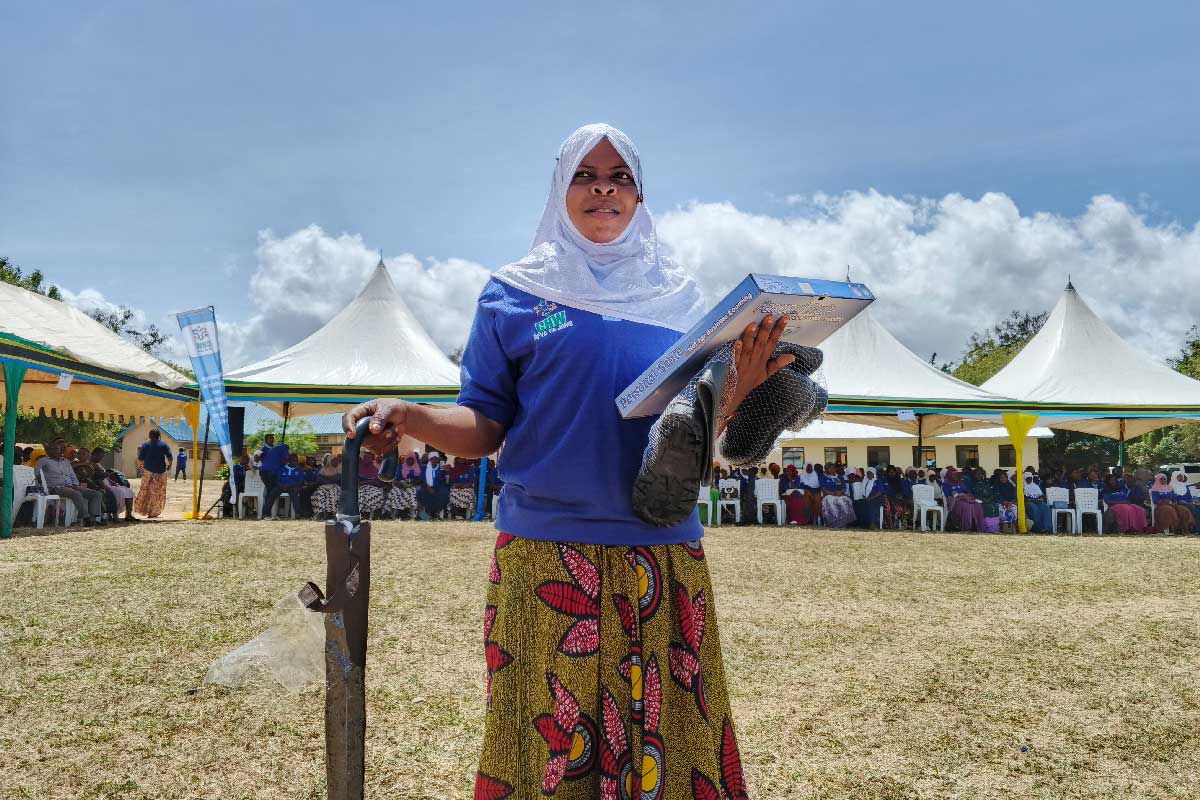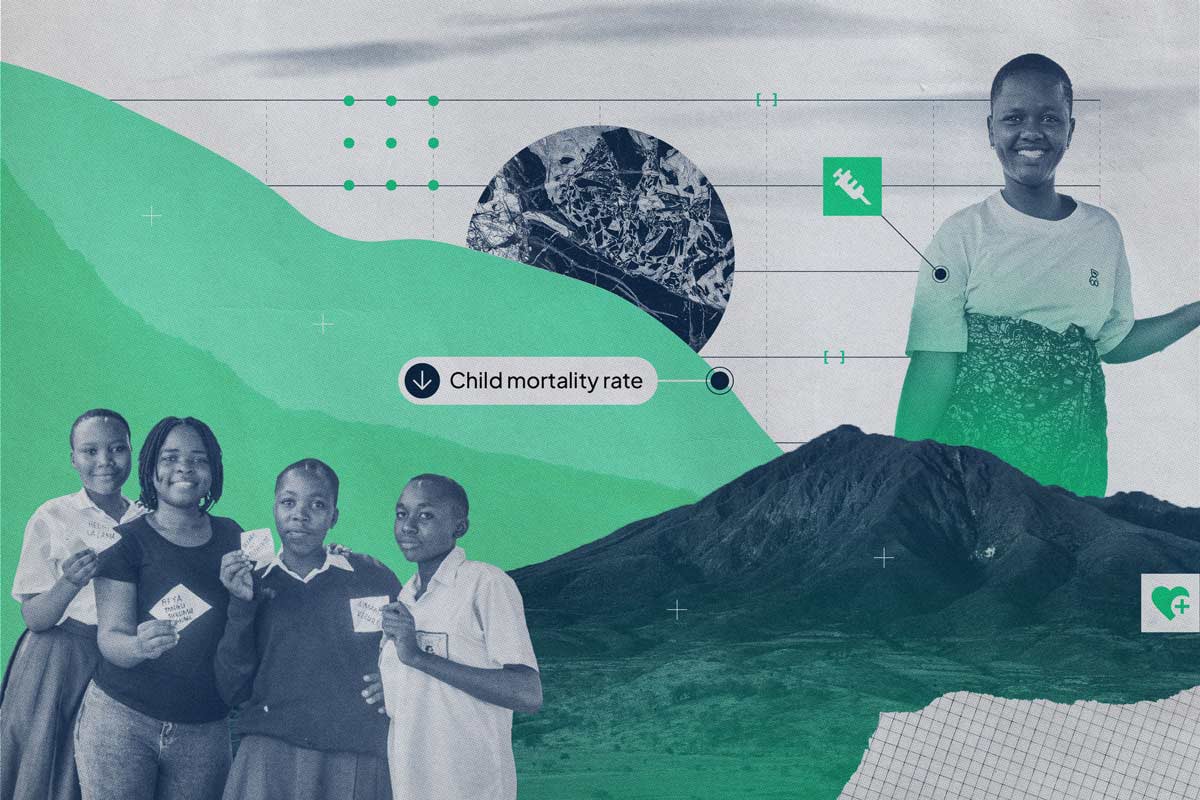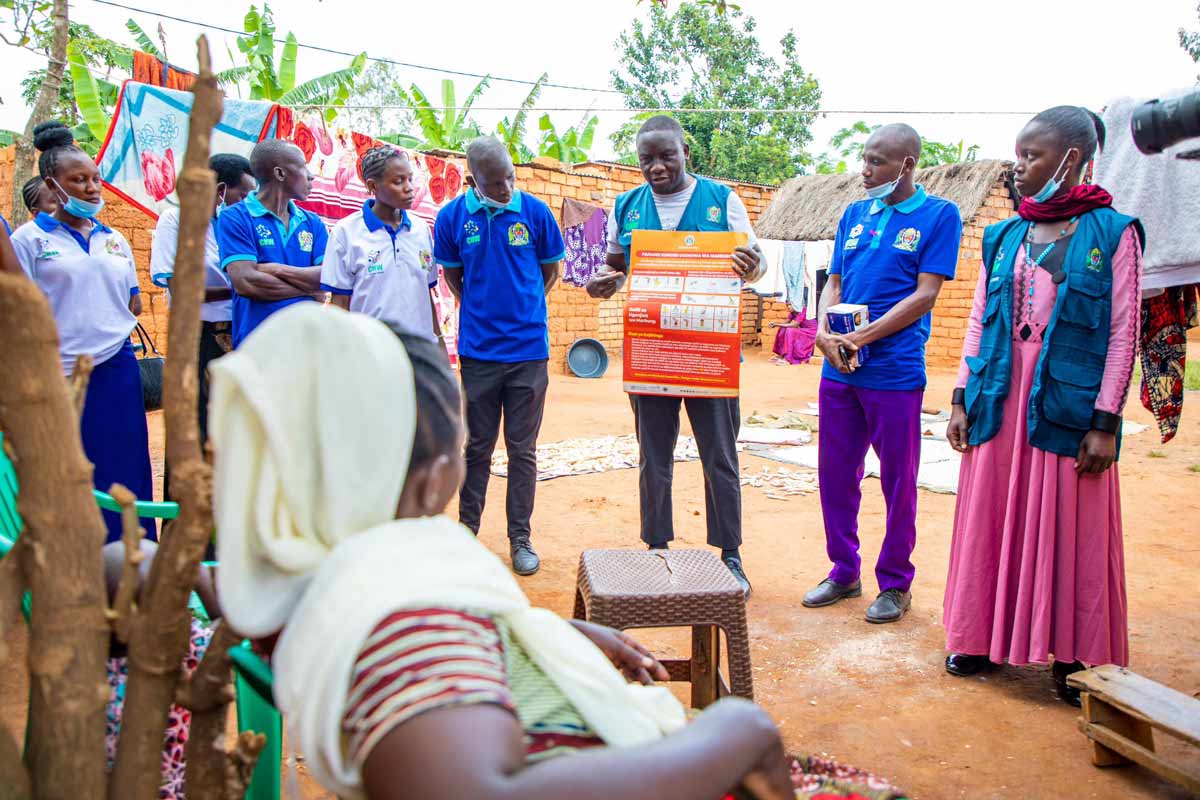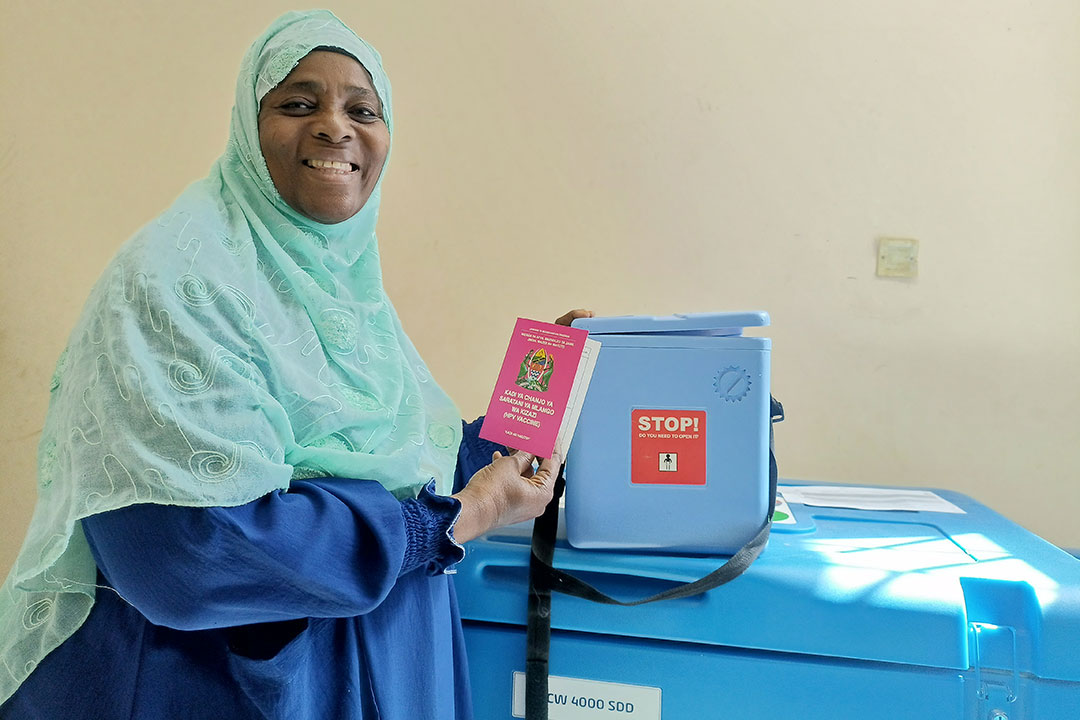Tanzania to tackle HIV, hepatitis, and STIs in unified approach
Making a health care island of HIV control has held back efforts to catch and treat related illnesses, advocates say. That’s about to change.
- 5 March 2024
- 4 min read
- by Syriacus Buguzi
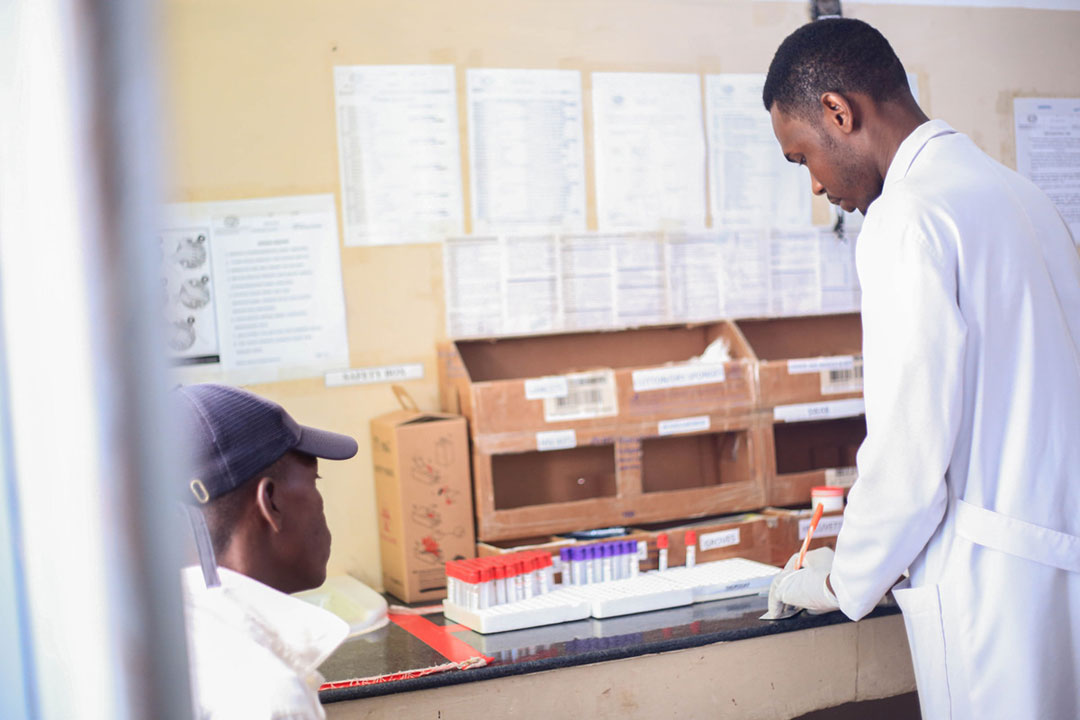
Bhoke Meki, a 33-year-old health advocate living with HIV, recalls vividly the chill that ran down her spine when a nurse at Tarime District Hospital in the north-western Mara Region of Tanzania told her she was HIV-positive. She was aged 18 at the time and had gone to the hospital for routine antenatal care (ANC).
A decade and a half later, Meki is pushing for changes to the way HIV is handled in the health system and seen in society. "I have come across many people living with HIV who don't know they might have other diseases like hepatitis or cancer or syphilis," she says, highlighting a critical gap in Tanzania's health care system.
With limited resources and fragmented programmes, experts say diseases including HIV, hepatitis and other sexually-transmitted infections have been – for a long time – tackled in silos, leaving gaps and missed opportunities in addressing the infections.
“This means that young people seeking STI testing can also access HIV services and, if needed, hepatitis services, all within the same visit. This will undoubtedly increase the utilisation of services for all three diseases.”
– Dr Daudi Ole Mkopi, Senior Program Officer in Service Delivery for the Benjamin Mkapa Foundation
In Tanzania, over 1.7 million people live with HIV according to the current HIV Indicator Survey. Approximately two in 100 people in Tanzania are infected with hepatitis C, with about 4.3% of people testing positive for hepatitis B. Strikingly, the rates of hepatitis C and B are about double in people living with HIV than in the general population. Rates of sexually transmitted infections (STIs) generally, meanwhile, are on the rise.
For Meki, the stigma associated with HIV is a major factor holding back efforts to tackle related illness.
"In my advocacy work, I meet many people with self-stigma. The mere feeling, 'I have HIV', makes people infected think it's the end of life, and everything else happening in their lives is all termed HIV, not knowing it could be cancer, hepatitis or something else that they need to deal with," says Bhoke, adding: "We need to end stigma to improve quality of life for people with HIV."
Bhoke's views align with Tanzania's latest move to break down the walls between efforts to control HIV, viral hepatitis, and STIs.
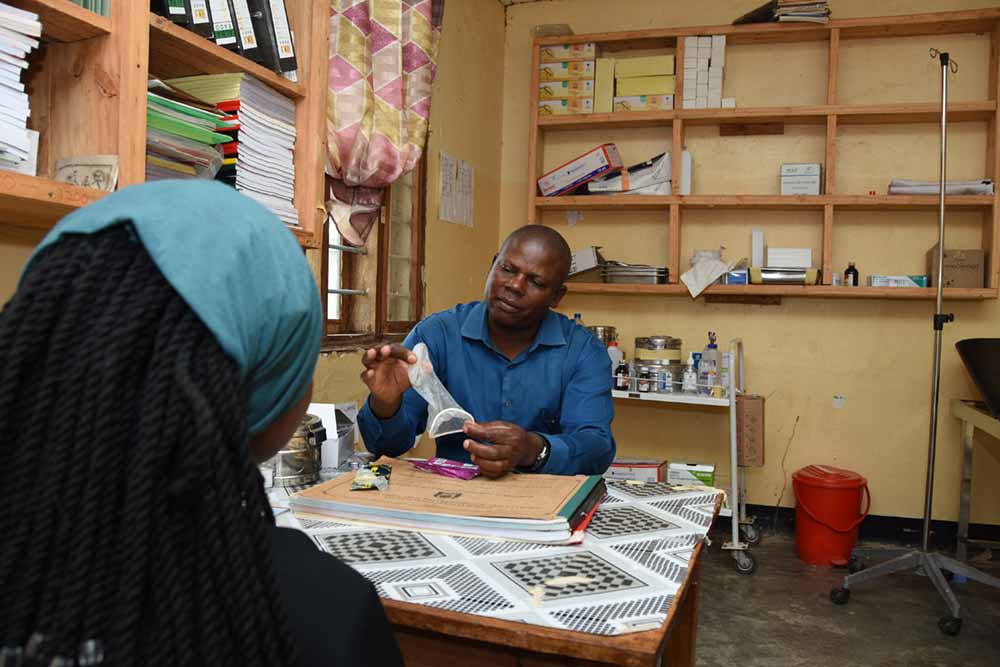
Credit: Benjamin Mkapa Foundation.
Inspired by the World Health Organization's guidance in 2023, which encouraged countries to carry out programme reviews for HIV, viral hepatitis and STIs, Tanzania has renamed its 38-year-old National Aids Control Programme (NACP). Now known as the National AIDS, STIs and Hepatitis Control Programme (NASHCoP), the rebranded institution is steering a refuelled mission to end all three epidemics by 2030.
Have you read?
Dr Paschal Rugajo, the Director of Curative Services at the Ministry of Health in Tanzania, says the shift in public health strategy means that interventions for HIV, hepatitis and STIs, such as public awareness, diagnostic packages for the at-risk or target population such as pregnant women, are now planned, budgeted and implemented in unison.
"[The diseases] share the route of transmission," says Rugajo, highlighting that the integrated approach is aimed at ensuring "efficiency and cost effectiveness in picking [up] these conditions earlier or at about same time, which paves way for timely and cost effective interventions." He adds, "That ultimately curtails the 'chain of transmission', ultimately reducing incident cases at public scale."
Tanzania is now engaging a variety of health-sector actors and agents in coming up with guidelines that will underpin the implementation of the new national strategy.
Dr Daudi Ole Mkopi, the Senior Program Officer in Service Delivery for the Benjamin Mkapa Foundation, hails the integrated health services for HIV, hepatitis and STIs as a "timely intervention", especially for young people in rural Tanzania, where he has been supporting projects that promote youth-friendly health services.
"Young people will finally be able to access all the services they need under one roof," Dr Mkopi says. "This means that young people seeking STI testing can also access HIV services and, if needed, hepatitis services, all within the same visit. This will undoubtedly increase the utilisation of services for all three diseases."
Webhale Ntagazwa, medical doctor and Stigma Index Coordinator at the National Council of People Living with HIV (NACOPHA), applauds the strategic shift.
"It's time to move beyond simply viewing HIV as an isolated issue," he says, emphasising that the approach will empower people and address stigma, beat the fear associated with HIV and encourage open communication about all aspects of health.
"In the current practice, if a person goes for HIV testing and is found to be negative, the next best thing a health worker could do is screen for tuberculosis. But they forget to check for diseases such as hepatitis, syphilis or any other STIs, which could be fatal diseases as well," he explains.
Ntagazwa says that if the conditions are "diagnosed and treated under the same roof," the approach "will help to reduce opportunistic infections that would have been only diagnosed at later stages of HIV."
More from Syriacus Buguzi
Recommended for you

